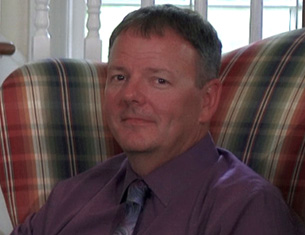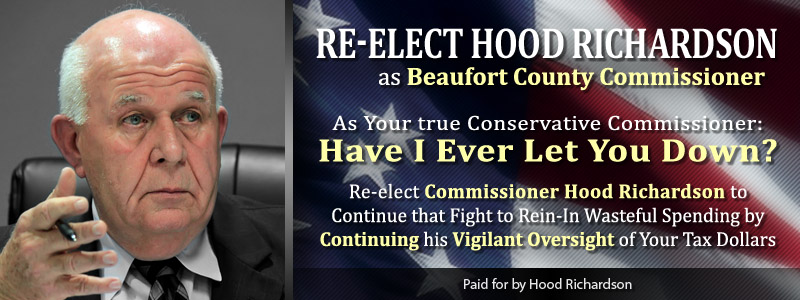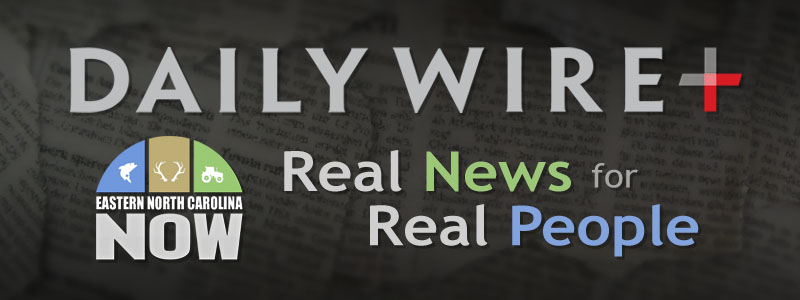Publisher's note: The author of this post is Jenna Ashley Robinson, who is director of outreach at the John W. Pope Center for Higher Education Policy and a contributor of the Carolina Journal, John Hood Publisher.
Pope Center finds campuses inflating faculty work load
RALEIGH When legislators and officials at the University of North Carolina consider costs, they prefer to focus on minor operational functions — such as heating bills. But that merely nibbles around the edges.
One area is more promising for cutting costs than all the rest: faculty teaching loads. Faculty salaries are roughly half of the UNC system's budget. Even slight adjustments could mean savings well into the tens of millions of dollars.
The Pope Center's director of policy analysis, Jay Schalin, took a close look at faculty workloads and found some very interesting things. (The entire study, titled "Faculty Teaching Loads in the UNC System,"
can be found at
popecenter.org.)
For one thing, the university system's official workload averages seem to be way off: The claim that professors in the UNC system taught on average 3.7 courses during the fall 2012 semester beggars belief. After all, the legislated standard systemwide is roughly 2.6 courses per professor per semester — and many professors have their teaching loads specified in their contracts at the legislated standard for their school.
Using official data taken directly from university registrars' websites, Schalin found that the UNC estimates were inflated by roughly one course per professor per semester. That is a huge discrepancy — the UNC system is claiming the average professor teaches roughly seven courses a year, whereas both the legislated standard and the Pope Center findings suggest that the average is closer to five.
At one university, Schalin was able to ascertain that the official figures were inaccurate. Not only did he discover a 0.4 course difference between the Pope Center figures and the official figures for the average teaching loads of tenured or tenure-track professors at Appalachian State University, but he was privy to the granular data provided by ASU to the University of Delaware researchers. Those researchers compute the teaching loads for the UNC system and many other higher education systems in the country.
Looking closely at the granular data — which ASU officials admit they modify before submitting them to Delaware — Schalin was able to find some of the reasons for the discrepancy. One is that individual teaching units — such as independent study oversight or the supervision of dissertations — sometimes were mislabeled as lectures.
Schalin also found a problem with the reasoning behind the legislated standards. Schalin argues that teaching loads should be differentiated according to disciplines. For example, the university expects professors in engineering and nursing (whose students need more intensive training to gain proficiency in their fields) to teach fewer student credit hours than professors who teach English and history. As a result, a school receives greater funding for an increase in nursing majors than it will for an increase in English majors.
This difference is recognized by the university system's own enrollment funding formula, which categorizes disciplines according to how many student credit hours professors are expected to teach.
Instead, the legislative standards are differentiated only according to the type of university: Professors at research-intensive UNC-Chapel Hill are expected to average 2.0 courses per semester, while UNC-Charlotte professors are supposed to average 2.5 courses, Appalachian State professors are expected to average 3.0, and professors at liberal arts colleges with minimal graduate programs such as UNC-Asheville and Elizabeth City State University average 4.0 courses.
Teaching should be a greater part of the professors' duties in the humanities and social sciences than in scientific and technical fields. The new knowledge produced in STEM fields is much more likely to have immediate practical and economic benefits than, for instance, literary research.
The Delaware study also has a serious methodological problem, Schalin says. It permits schools to inflate their averages for all professors by aggregating part-time professors and graduate students. A "full-time equivalent" professor consists of any number of part-time instructors who teach a total of four courses. Therefore, the average for all professors can be significantly inflated by adding in the FTE professors.
Schalin suggests several moves that could save money and improve efficiency: making the process completely transparent, changing the methodology, and differentiating legislated standards for different disciplines.
Most importantly, the North Carolina General Assembly, the UNC Board of Governors, or both, could conduct separate investigations of UNC faculty teaching loads, and do so with a mind-set of uncovering problems. More accurate information and some new standards for workloads could save huge amounts of money while refocusing the university system on its primary purpose: education.

























